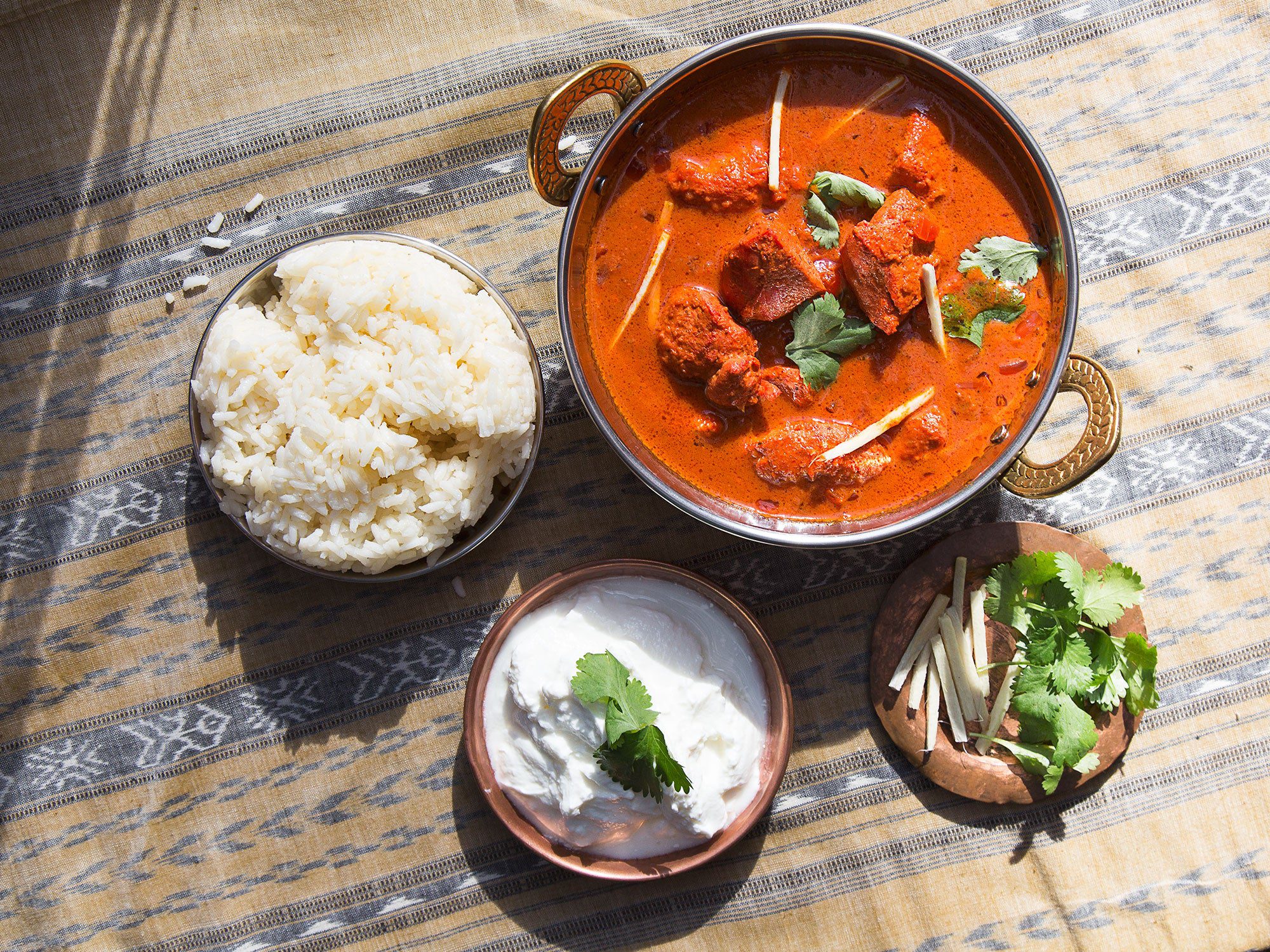Indian and Chinese cuisines are two popular Eastern cuisines, both with a rich history and unique flavors. Both cuisines have different key ingredients, meat and vegetable selection, cooking techniques, and spice levels. While Indian cuisine heavily relies on spices and chilies to flavor dishes with lamb and goat as primary meat sources, Chinese cuisine uses soy sauce and uses vegetables like bok choy, green beans, and snow peas more frequently. Chinese cooking techniques involve stir-frying, deep-frying, and steaming, while Indian cuisine uses techniques such as braising, stewing, and roasting. Both cuisines offer a range of dishes and flavors to enjoy.
Indian vs. Chinese Cuisine: Exploring the Diversity of Eastern Flavors
Indian and Chinese cuisines are two of the most popular and recognizable types of Eastern cuisine. They have a rich history and unique flavors that have made them a favorite among food enthusiasts all around the world.
Ingredients
When it comes to the ingredients used in Indian and Chinese cuisine, there are a few key differences. Chinese cuisine tends to use ingredients such as soy sauce, hoisin sauce, and oyster sauce, along with ginger, garlic, and scallions as key flavorings. Indian cuisine, on the other hand, relies heavily on spices such as coriander, cumin, turmeric, and cardamom along with garlic, ginger, and chilies for flavor.
Meat and Vegetable Selection
In terms of meat selection, both Indian and Chinese cuisines use a variety of meats such as chicken, pork, beef, and fish. However, Indian cuisine also uses lamb and goat as a primary source of meat. In terms of vegetables, Indian cuisine leans heavily on eggplant, tomatoes, and potatoes, while Chinese cuisine often uses bok choy, green beans, and snow peas.
Cooking Techniques
Cooking techniques also vary between the two cuisines. Chinese cooking often involves stir-frying, deep-frying, and steaming. Indian cuisine uses techniques such as braising, stewing, and roasting. Both cuisines also use a variety of cooking tools such as woks, clay pots, and tandoors to achieve their signature dishes.
Spice Level
One of the key differences between Indian and Chinese cuisine is the level of spiciness. Indian cuisine is known for its use of chilies, and dishes such as vindaloo and chicken tikka masala can be extremely spicy. Chinese cuisine, on the other hand, often uses less spice and focuses more on the umami flavor profile.
Dishes
When it comes to popular dishes, both Indian and Chinese cuisine have several crowd favorites. Indian cuisine has a wide range of curries such as chicken tikka masala, butter chicken, and lamb vindaloo. Chinese cuisine has dishes such as Kung Pao chicken, Mongolian beef, and dumplings.
The Verdict
Both Indian and Chinese cuisines offer an incredible range of flavors and dishes to choose from. Ultimately, the choice between the two comes down to personal preference. Whether you prefer the rich, spicy flavors of Indian cuisine or the lighter, umami flavors of Chinese cuisine, you’re sure to find something you love in both.
So, the next time you’re craving some Eastern cuisine, don’t limit yourself to just one type. Explore the diversity of flavors that both Indian and Chinese cuisine have to offer and indulge in all of the delicious dishes available.
